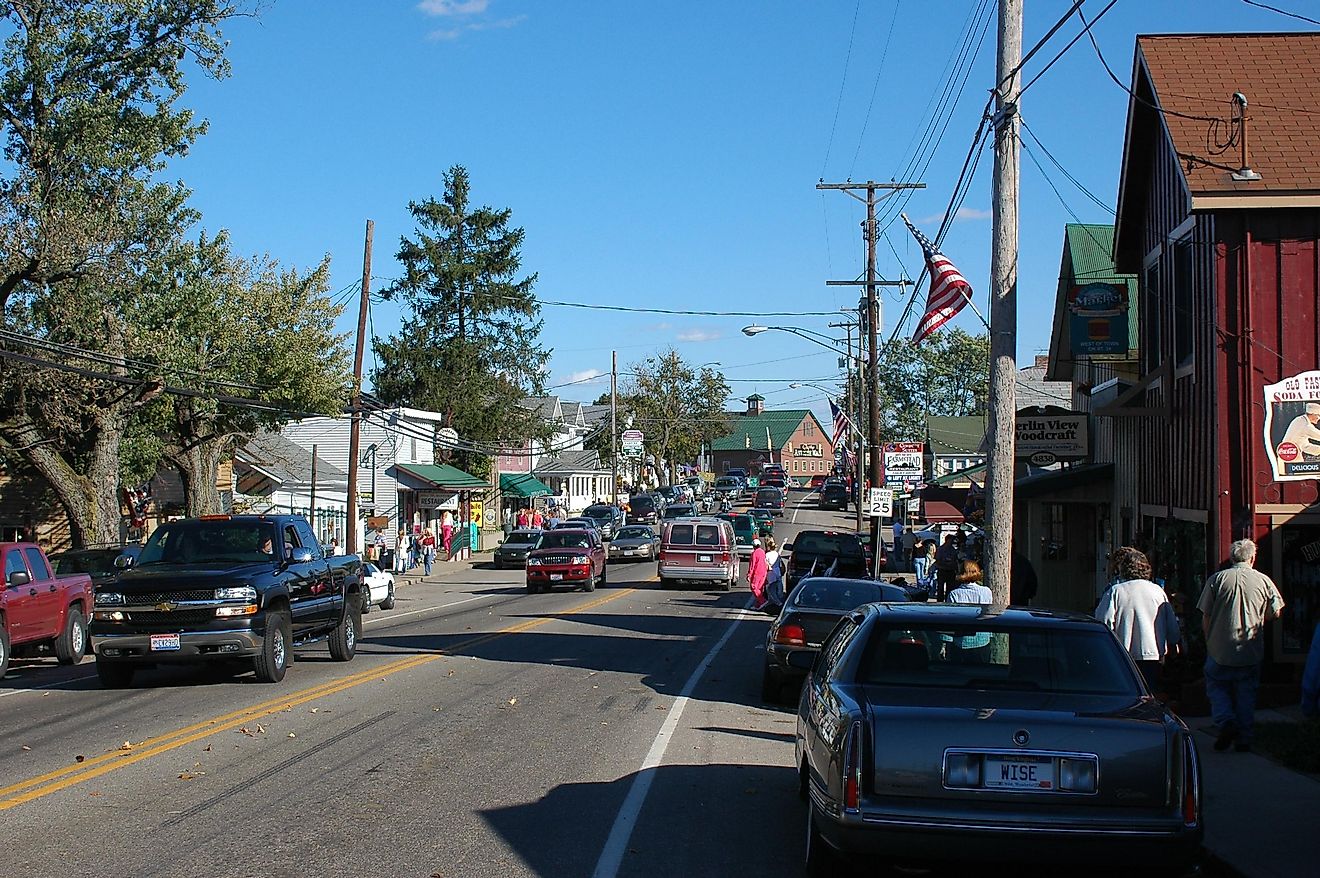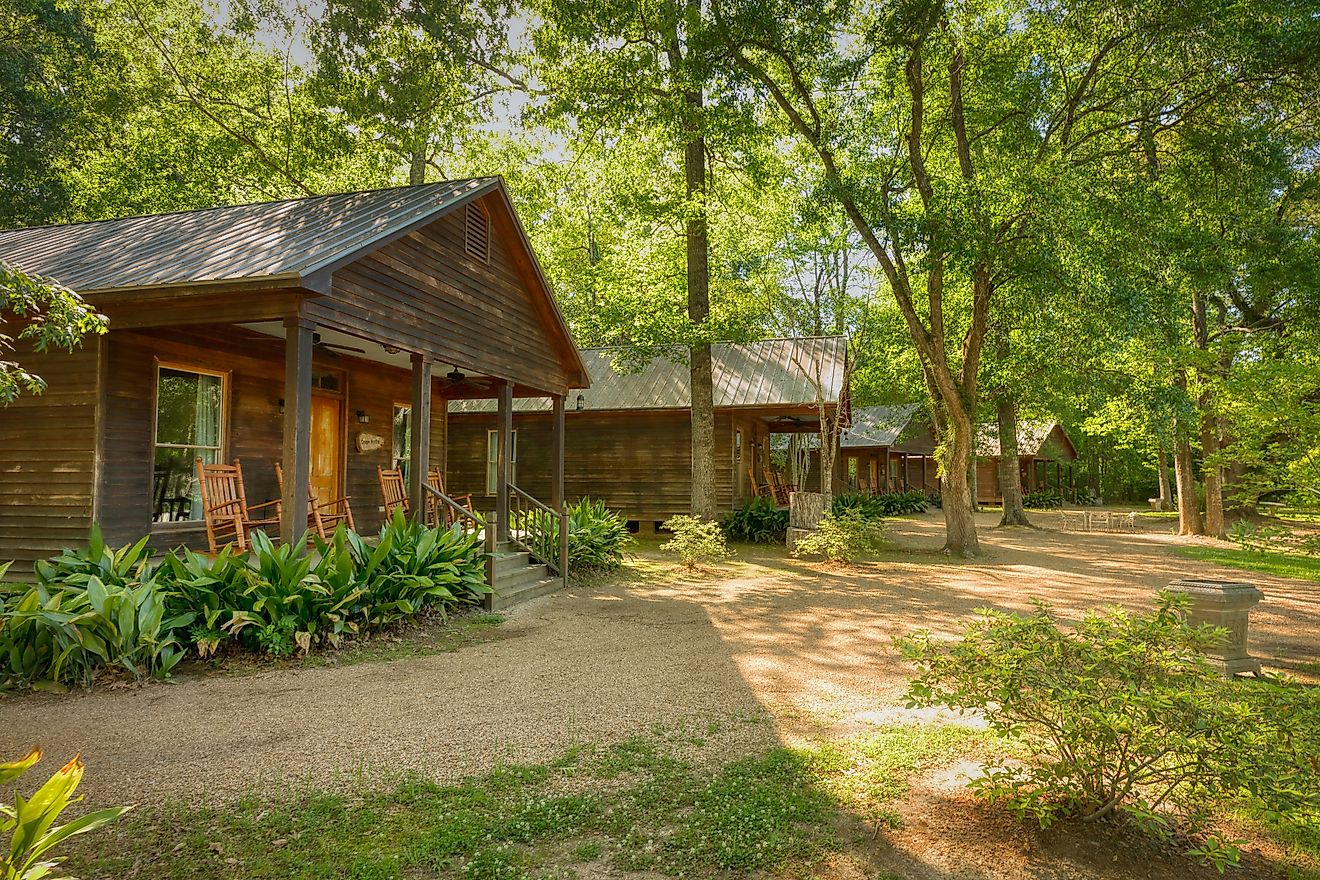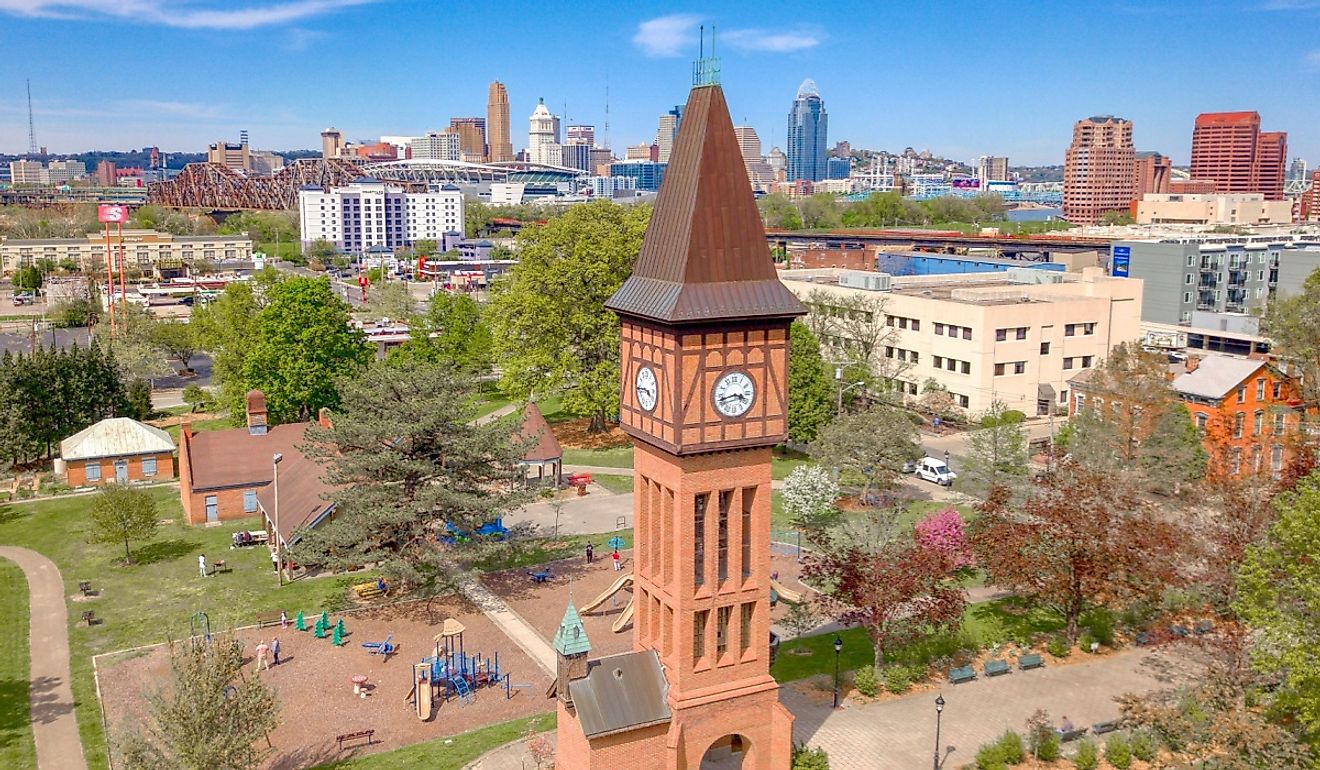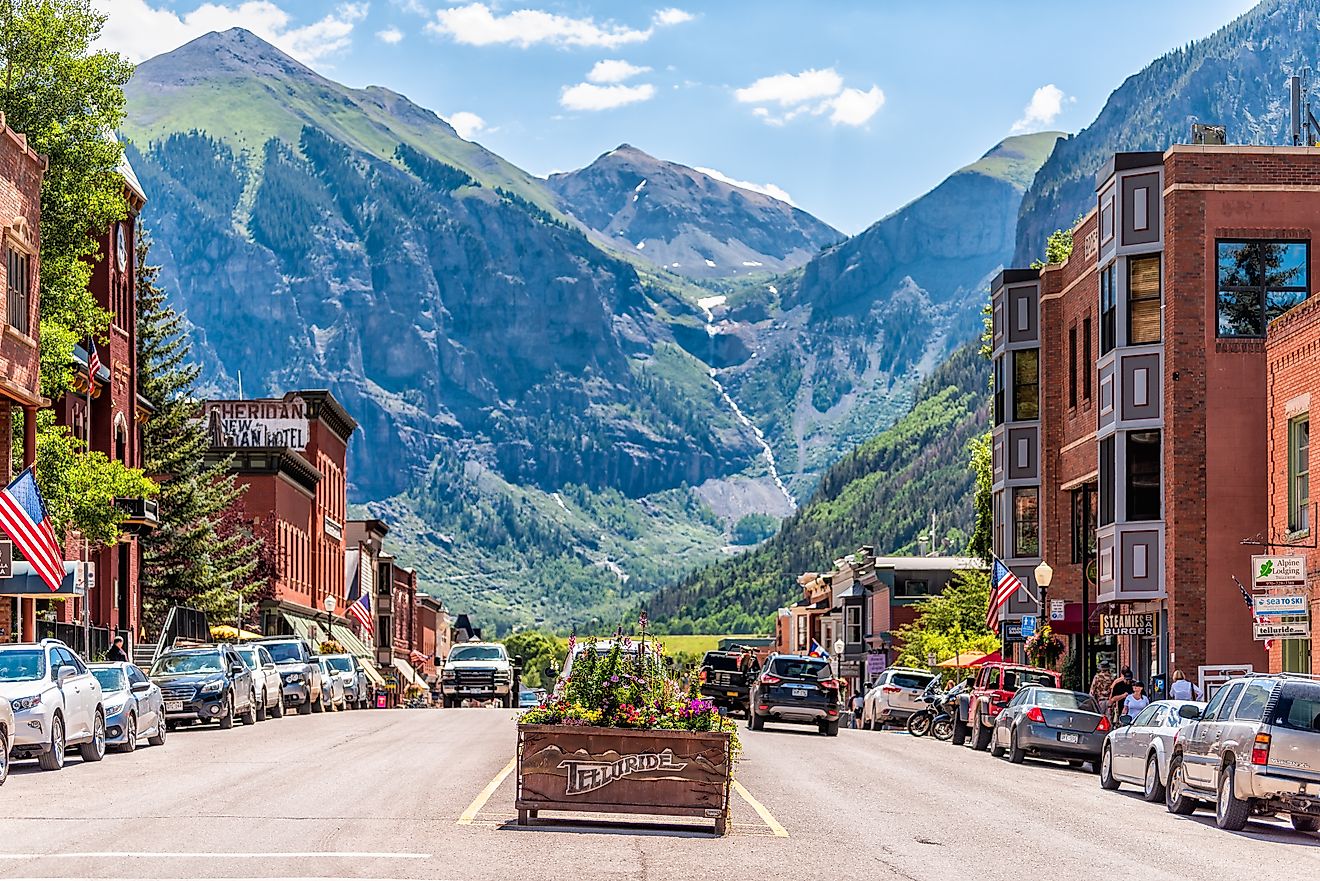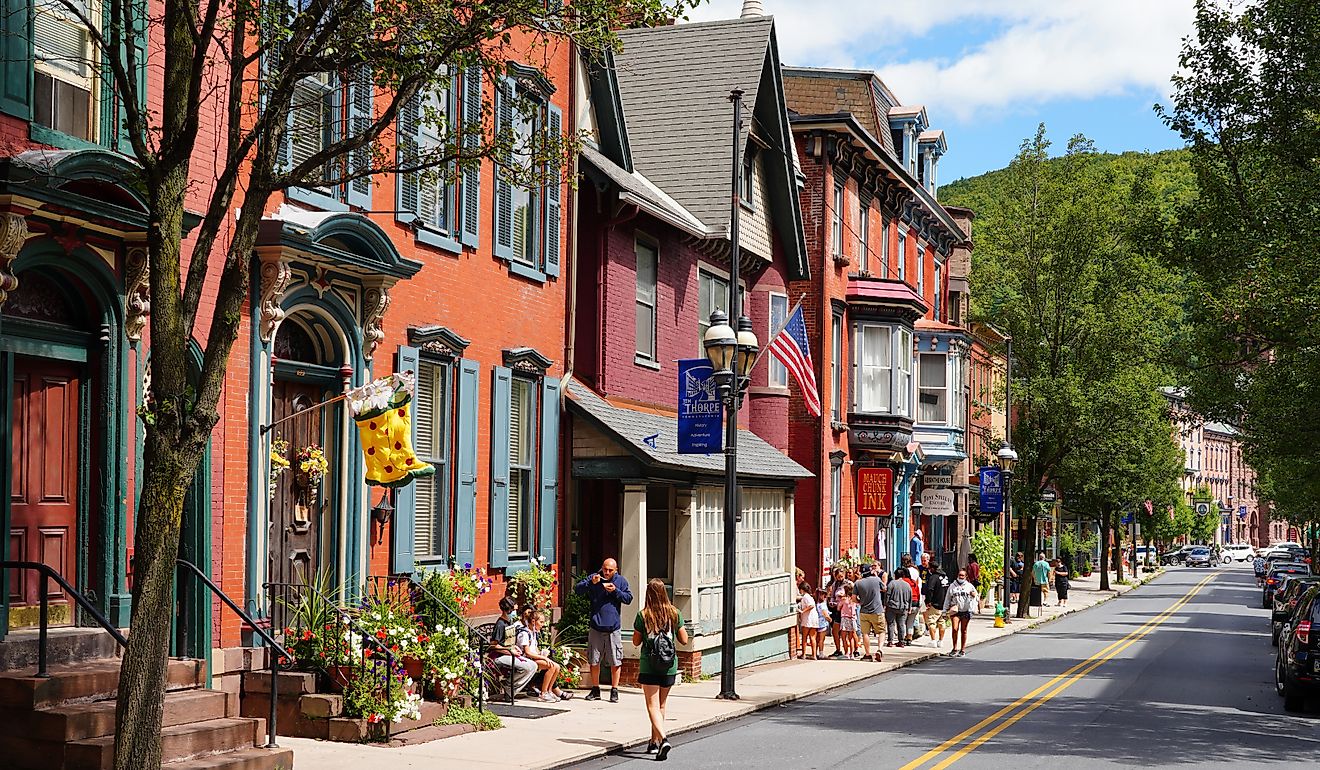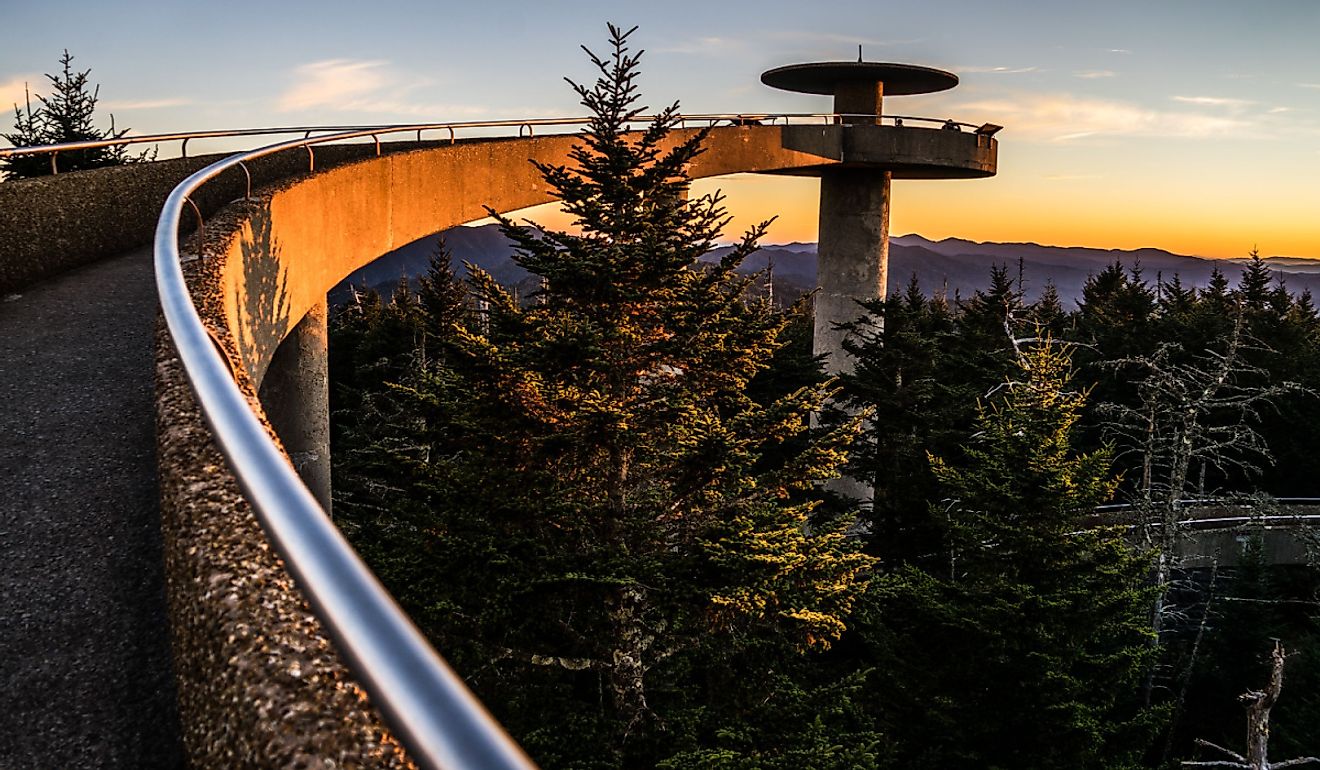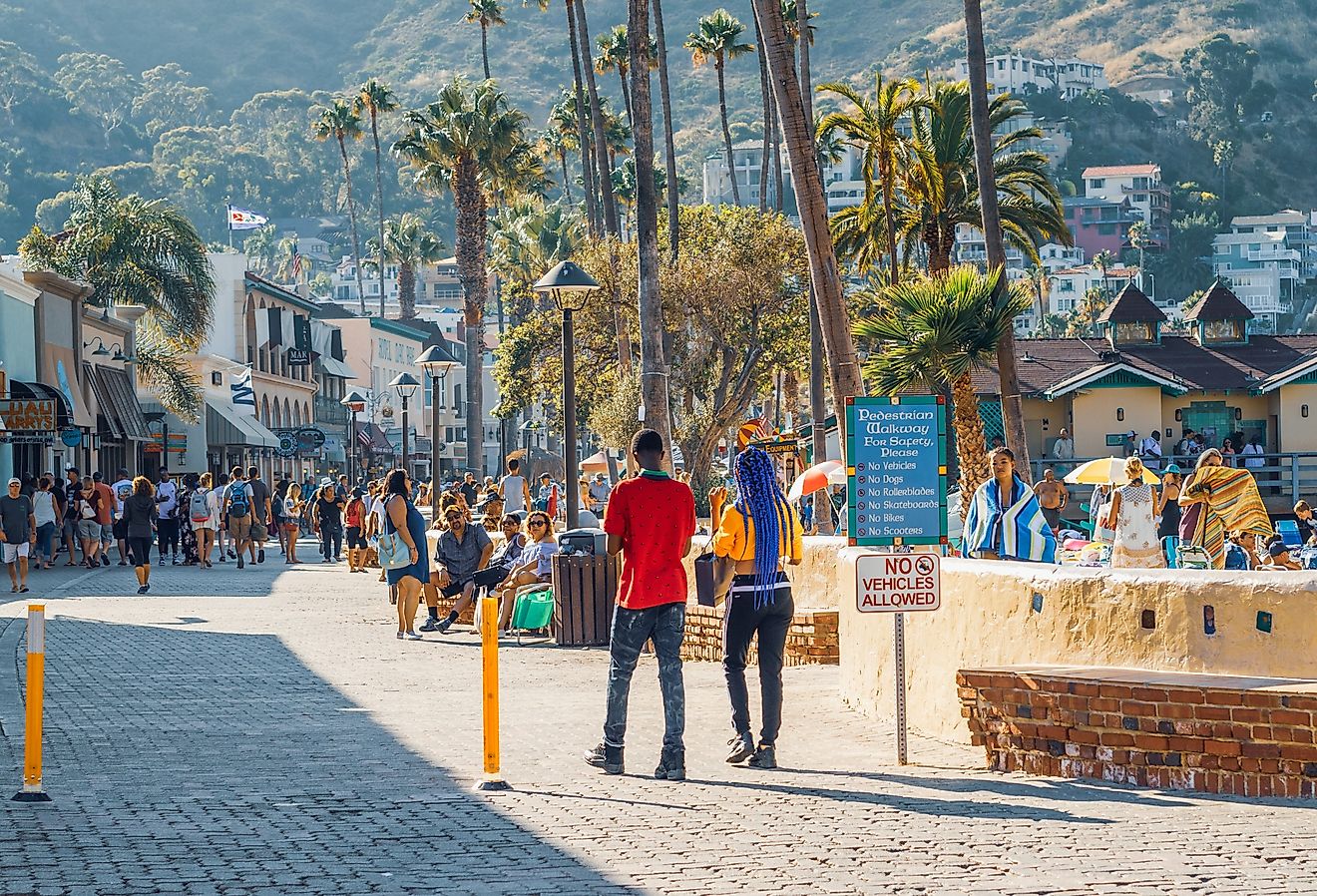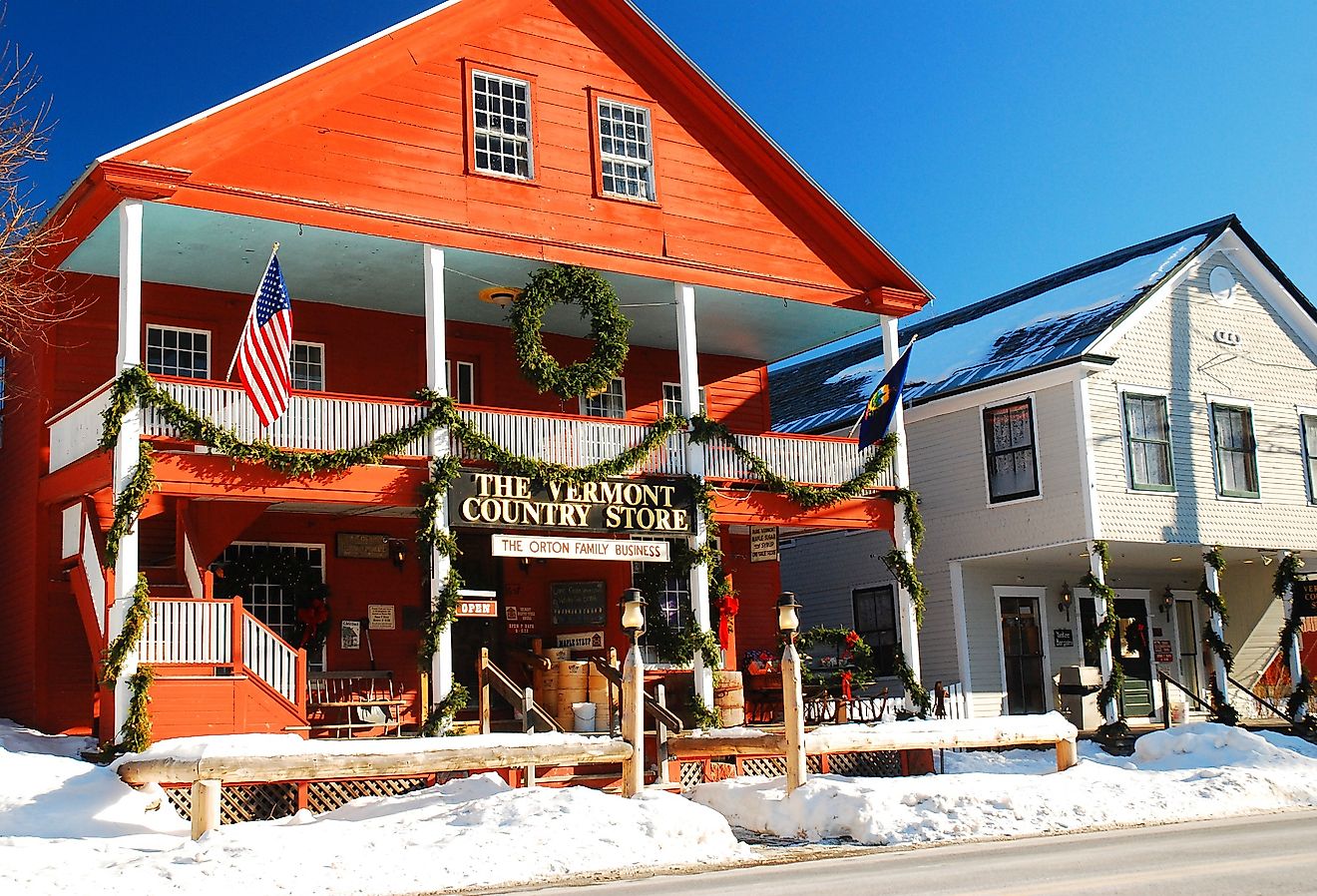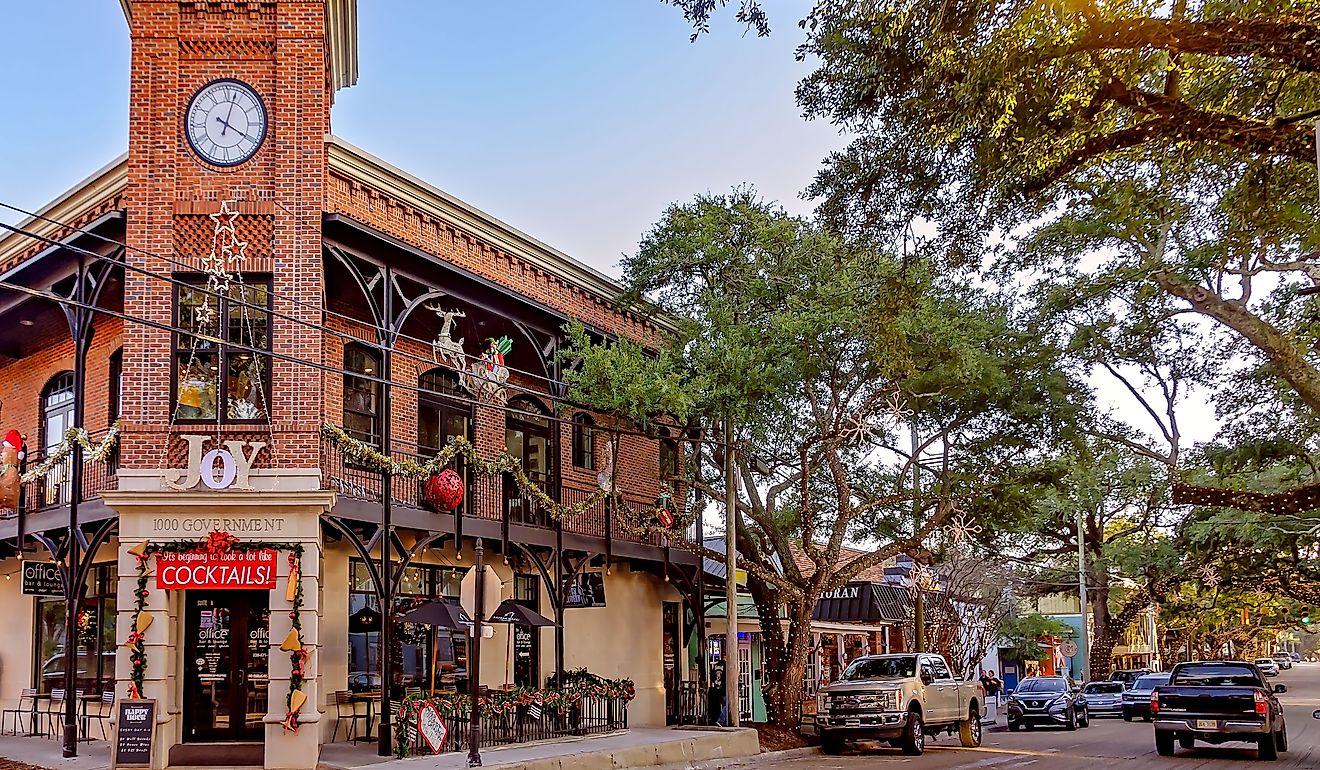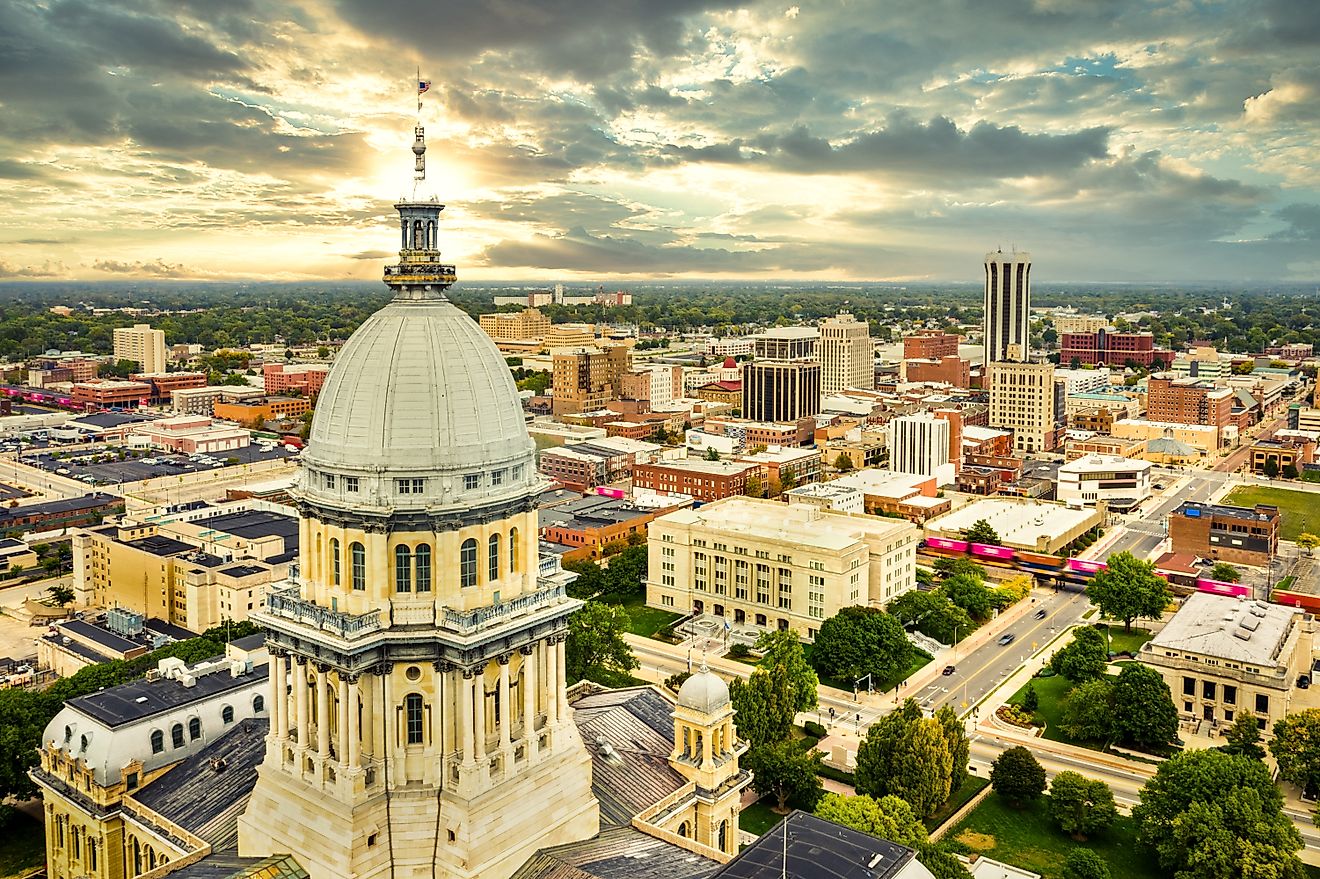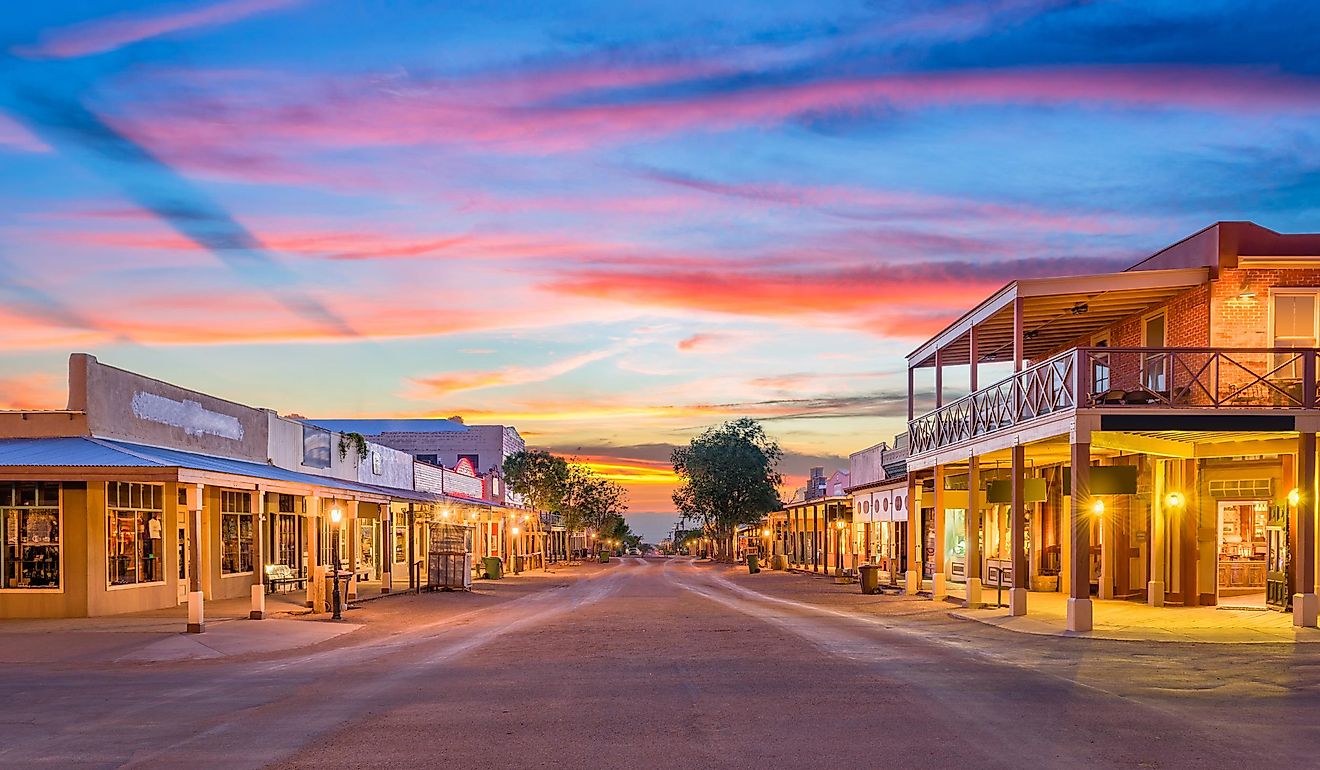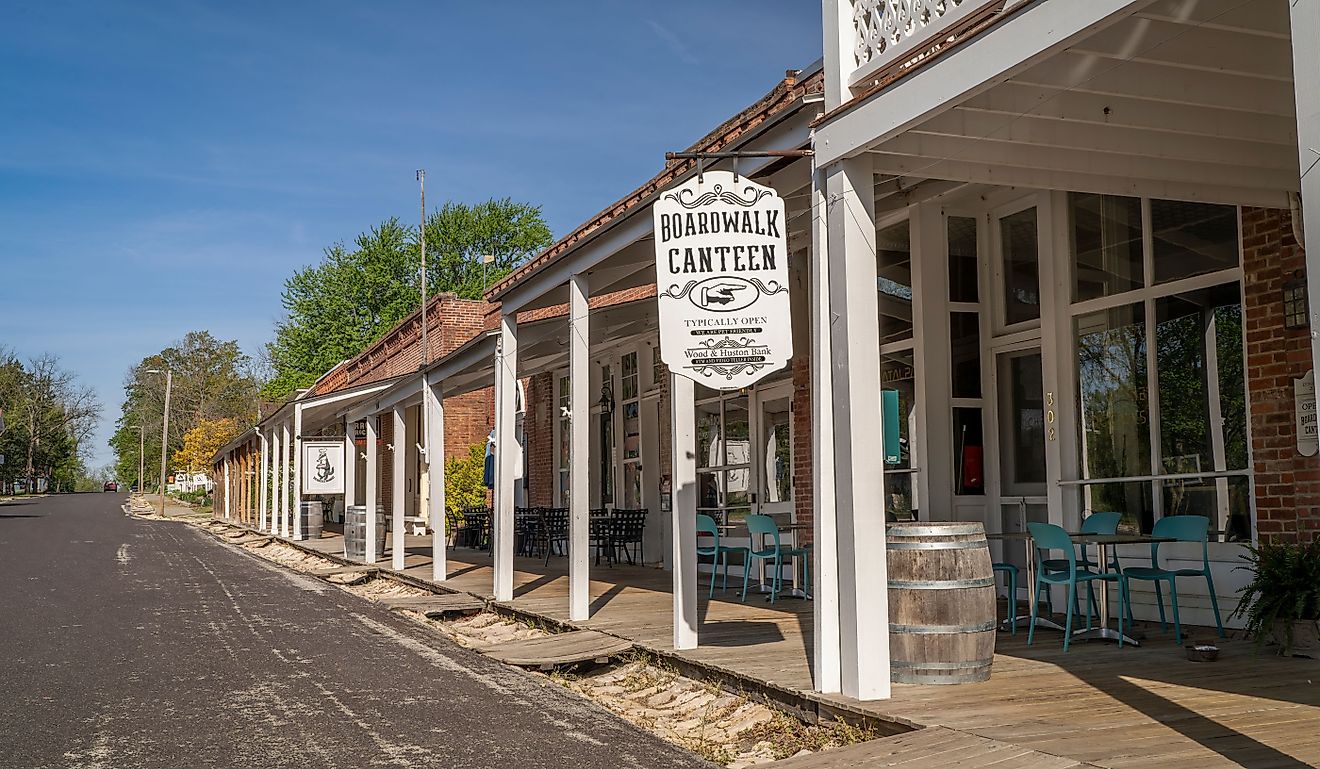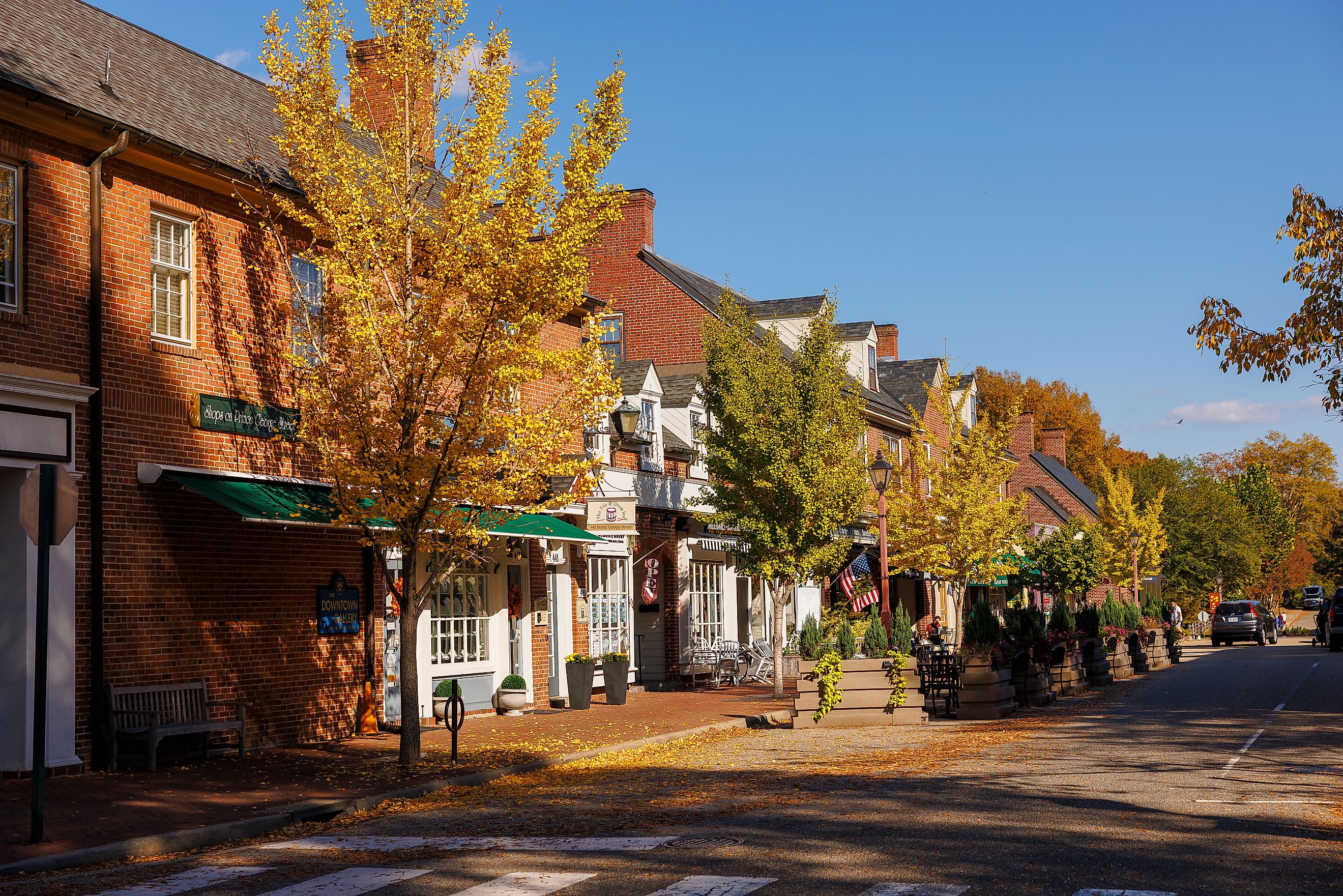
6 Towns In the Southern United States That Were Frozen In Time
As anyone who lives in or has visited the Southern United States will attest, this beautiful part of the country is home to many towns where time seems to have literally stood still. From Virginia to Alabama and Georgia to Louisiana, these fascinating places have managed to maintain much of their original historical character, making a visit a little like stepping back into the past.
Some of these historic Southern towns are valued for their role in key moments of American history, while others reflect the region’s cultural roots. Whether settled by early colonists, shaped by the Civil War, or influenced by the development of industry and transportation, they each have fascinating stories to tell. For those interested in an authentic experience of the past, these six towns in the South definitely feel as if they were frozen in time.
Williamsburg, Virginia
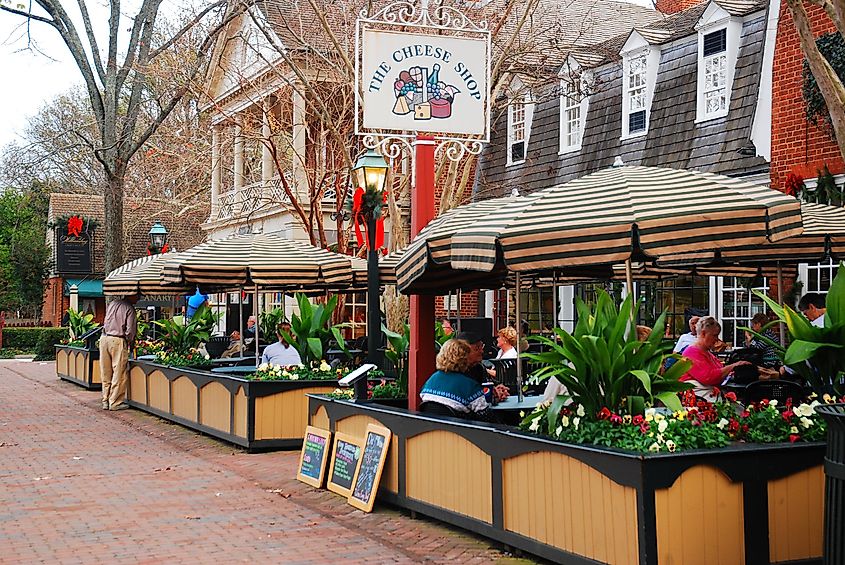
Founded in 1699, Williamsburg served as the capital of the Virginia Colony until 1780 and is one of the most historically significant towns in the entire United States. Once the political and cultural heart of Virginia, it played a key role in the American Revolution as well as the formative years of the country. Today, Williamsburg is best known for its remarkable preservation as Colonial Williamsburg, a living history museum that brings the 18th century to life.

This 301-acre site includes historic buildings like the Governor's Palace (1706), once the residence of Virginia's royal governors, and the Capitol Building (1705), where the Virginia House of Burgesses met to debate important issues, including independence from Britain. Other historical landmarks in Williamsburg include the Bruton Parish Church (1715), an active Episcopal church that has witnessed key events in early American history and served as the site of many important social and political gatherings. You can also view an astoundingly large collection of 18th-century American furniture, silver, and ceramics at the DeWitt Wallace Decorative Arts Museum, a world-class museum founded in 1934.
Natchez, Mississippi
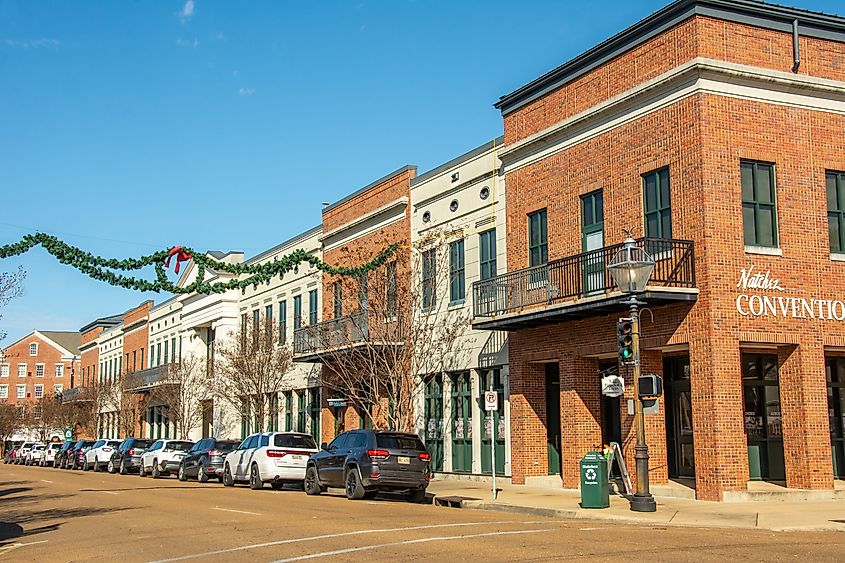
Natchez was established in 1716 and lays claim to being one of the oldest cities in the Mississippi River Valley. Once a key trading hub during the colonial era, Natchez became a prosperous center for cotton production in the antebellum South, a legacy that’s marked by an impressive collection of grand old plantation homes. Some of the best examples can be visited, including the magnificent Longwood, built in 1860 for the wealthy Wade family and featuring a striking octagonal design. Tours are available, or you can see this and many other mansions from this period during the Natchez Spring Pilgrimage, an event that’s been running for close to 100 years. Another important site that appears as if frozen in time is Natchez National Historical Park, which preserves key sites like Fort Rosalie, a French outpost dating from 1716.
Justifiably ranked as one of the South’s most scenic drives, the Natchez Trace Parkway is a historic route used by Native Americans and later by loggers that follows the Mississippi River all the way to Nashville, a distance of 444 miles. The town is also notable for the Natchez Indian Mounds, earthen structures built by the region’s early Native American inhabitants.
St. Francisville, Louisiana
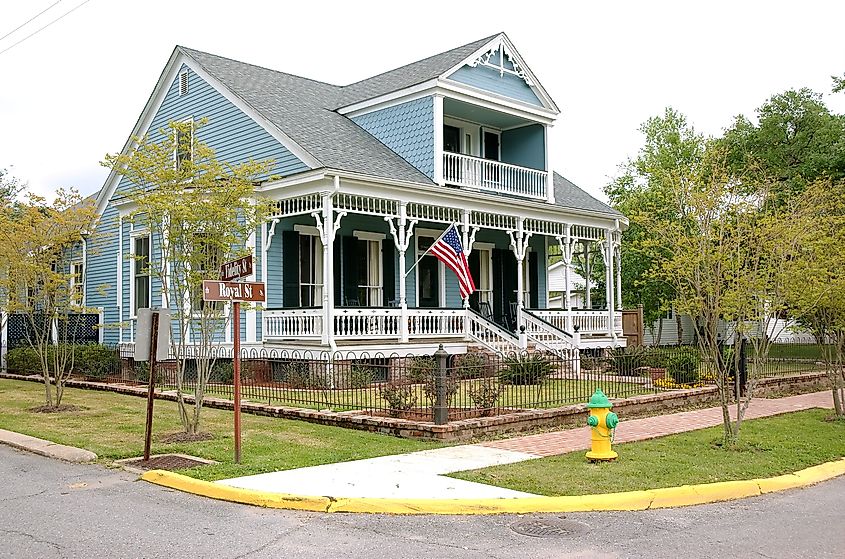
Pretty St. Francisville was established in 1809 and these days serves as a cultural and historical gateway to Louisiana’s plantation past. This charming town is home to several well-preserved antebellum estates, including Rosedown Plantation, built in 1835 and now a State Historic Site. This large estate boasts magnificent formal gardens that reflect the former grandeur of Louisiana’s once-active plantations. Another key attraction is the Oakley Plantation at Audubon State Historic Site, built in 1806 and where famed naturalist John James Audubon stayed and painted in the 1820s. This must-visit attraction in St. Francisville does a great job of preserving both the plantation and the natural environment that inspired his work.
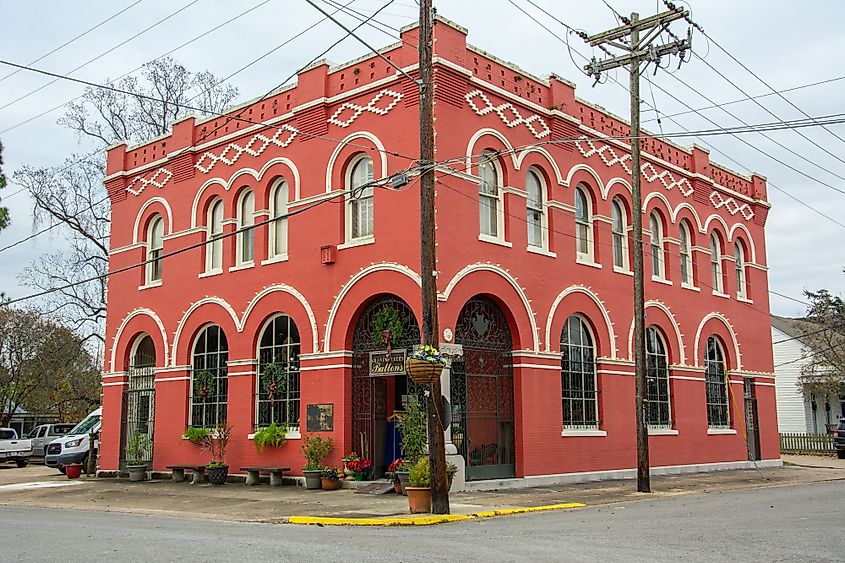
The town is also rich in Louisiana Creole culture, with French and Spanish influences still visible in its architecture and traditions. You can join in celebrating the town’s rich past through the St. Francisville Fall Festival which showcases local crafts, food, and music. And with its proximity to the mighty Mississippi River, the town is also strategically located within striking distance of important natural landmarks including the Tunica Hills, a range of forested ridges offering hiking opportunities.
Washington, Georgia
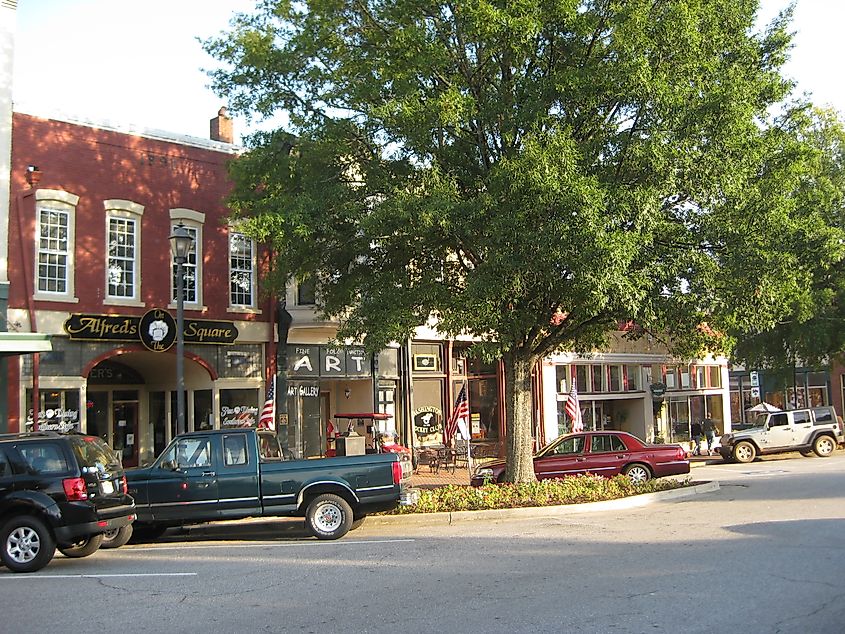
Although one of around 94 communities named after America’s first President, Washington, Georgia, is definitely one of the best. Founded in 1780 and holding the distinction of being one of Georgia’s earliest settlements, it served as a center of both Revolutionary and Civil War history. The town’s Historic District is well-preserved and certainly whisks visitors away to a bygone era with its well-preserved 19th-century architecture. Highlights here include the Robert Toombs House, built in 1813, and the nearby Old Jail from 1810.
The Washington-Wilkes Historical Museum is a must-visit and displays artifacts from the Revolutionary War, including items from the town’s role as a temporary capital during the conflict. For those wanting to combine their love of history with a little exercise, the Cherokee Path trail, which traces the route of the Cherokee nation, runs through the area, providing both a historic and geographic context to the town’s development.
Abbeville, South Carolina
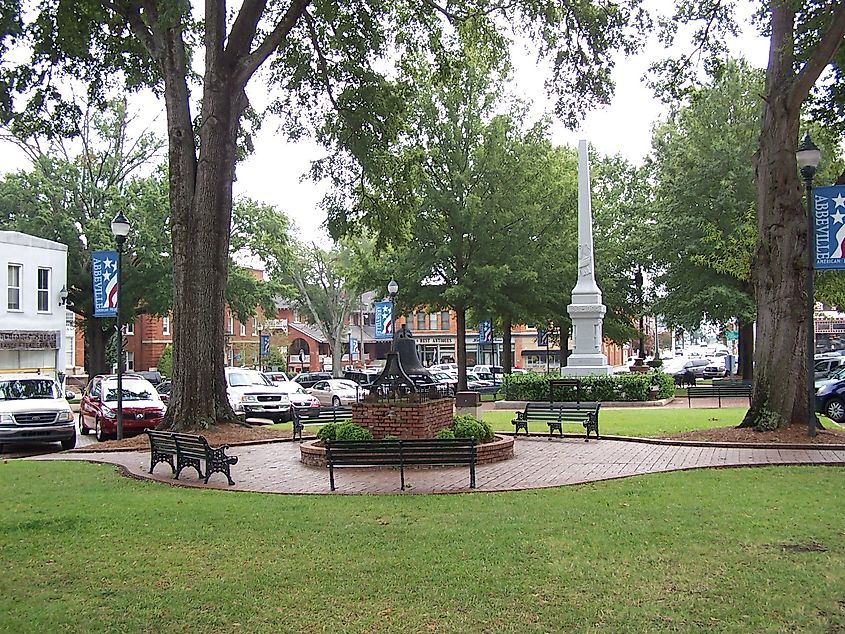
Founded in 1838, Abbeville is a small town with a rich heritage tied to the South’s antebellum period. A popular place to visit in South Carolina for the Abbeville Historic District, the most significant landmark here is the Abbeville Opera House, constructed in 1908 and still a venue for live performances. Abbeville was also the site of the last gathering of the Confederate Cabinet which met in 1865 before the collapse of the Confederacy at Burt-Stark Mansion, which can be visited (tours are offered). Also worth a visit are the Old Jail, built in 1839, and the Confederate Cemetery from 1865.
The best time to visit this frozen-in-time town? Consider arriving in early 2025 for a chance to join in the Abbeville Spring Festival, now in its 49th year and featuring parades, arts and crafts, and great Southern food.
Dadeville, Alabama
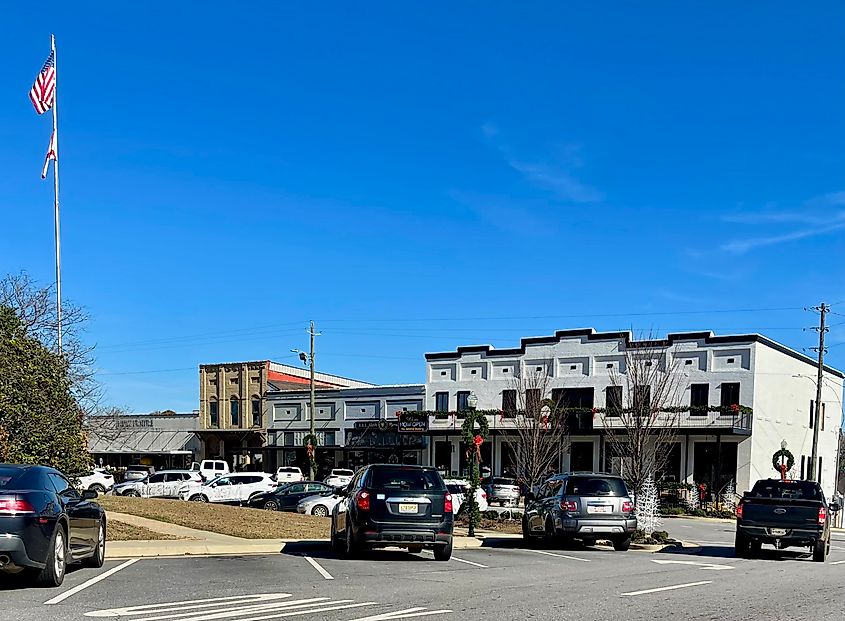
The historic Alabama town of Dadeville was established in 1836 and is a great destination for those wanting to sample a little of that classic old Southern charm. Start your exploration in the Dadeville Historic District with its well-preserved 19th-century buildings, many of which retain the town’s antebellum character. Highlights include the Old Dadeville Courthouse, built in 1854 in the early years of Alabama’s statehood.
The town also sits near Lake Martin, a large reservoir that’s become a popular tourist attraction for its outdoor activities like kayaking and fishing. If you do visit, try to do so during the Dadeville Fall Festival, a family-friendly community celebration with a dedicated Kid Zone complete with bouncy houses, pony rides, and a petting zoo. Other fun activities include live music, a raptor bird show, arts and craft vendors, as well as food and drink experiences.
The Final Word
For those who enjoy a little history with their travels, these towns in America’s South have much to offer. Boasting downtown areas that seem as if they’ve been frozen in time, they each present a unique perspective on the region’s rich history and cultural evolution. Whether through Civil War landmarks, antebellum estates, or fascinating local traditions, each preserves aspects of American history that continue to resonate today. Visiting these six frozen-in-time towns in the Southern United States will definitely allow you to experience history in its most authentic form.
